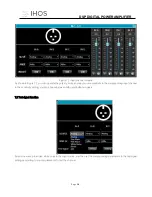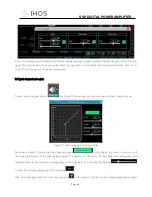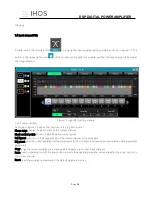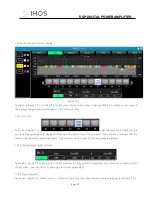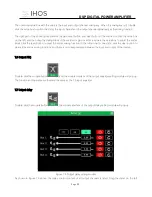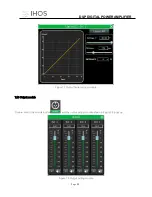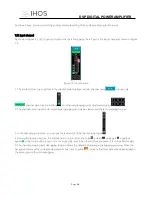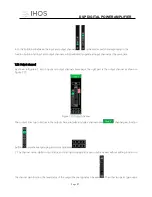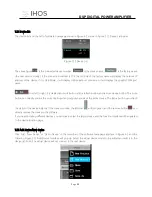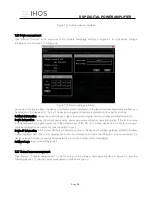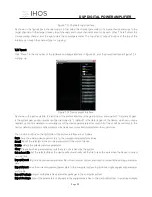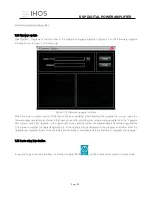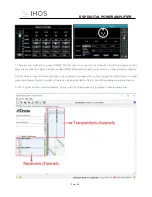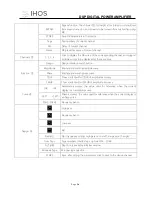
M
DSP
DIGITAL
POWER AMPLIFIER
Page
32
/
Figure 7.13 Channels copy interface
As shown in the figure above, channel copy is to first select the channel parameters of a source device and copy to the
target channel of other target devices. Input channels and output channels cannot copy each other. The left side is the
corresponding channel, and the right side is the copied parameter. The "input" and "output" buttons at the top of the
interface can switch the channel type for copying.
7.19 Preset
Click "Preset" in the menu bar of the software homepage interface in Figure 6.1, and the preset interface in Figure 7.14
will pop up.
Figure 7.14 Device preset interface
As shown in the above picture, the left side of the archive interface is the gear position, among which "0 automatic gear"
is the system gear position and cannot be used directly; "1 (default)" is the default gear of the device, which can only be
recalled, cannot be deleted or overwritten, and the device parameters after recall All of them will be restored to the
factory default parameters; other gears can be freely saved, recalled, deleted and other operations.
The function buttons on the right side of the archive interface are as follows:
Save: Save the existing device parameters to the corresponding selected archive.
Recall: Recall the selected archive to the parameters of the current device.
Delete: delete the selected archive parameter.
Clear: Clear all archive parameter records that are not archived by the system.
Set as boot file: Set the selected file as the device will automatically call the file to save the work when the device is turned
on next time.
Import Preset: Import a single device parameter file in the computer system, and directly overwrite the existing parameter
data.
Export Preset: save the current equipment parameters to the computer system to produce a single equipment parameter
archive file
Import Package: import multiple archive parameter packages in the computer system
Export Package: Export the parameters of all gears in the equipment archive to the computer system to produce multiple

